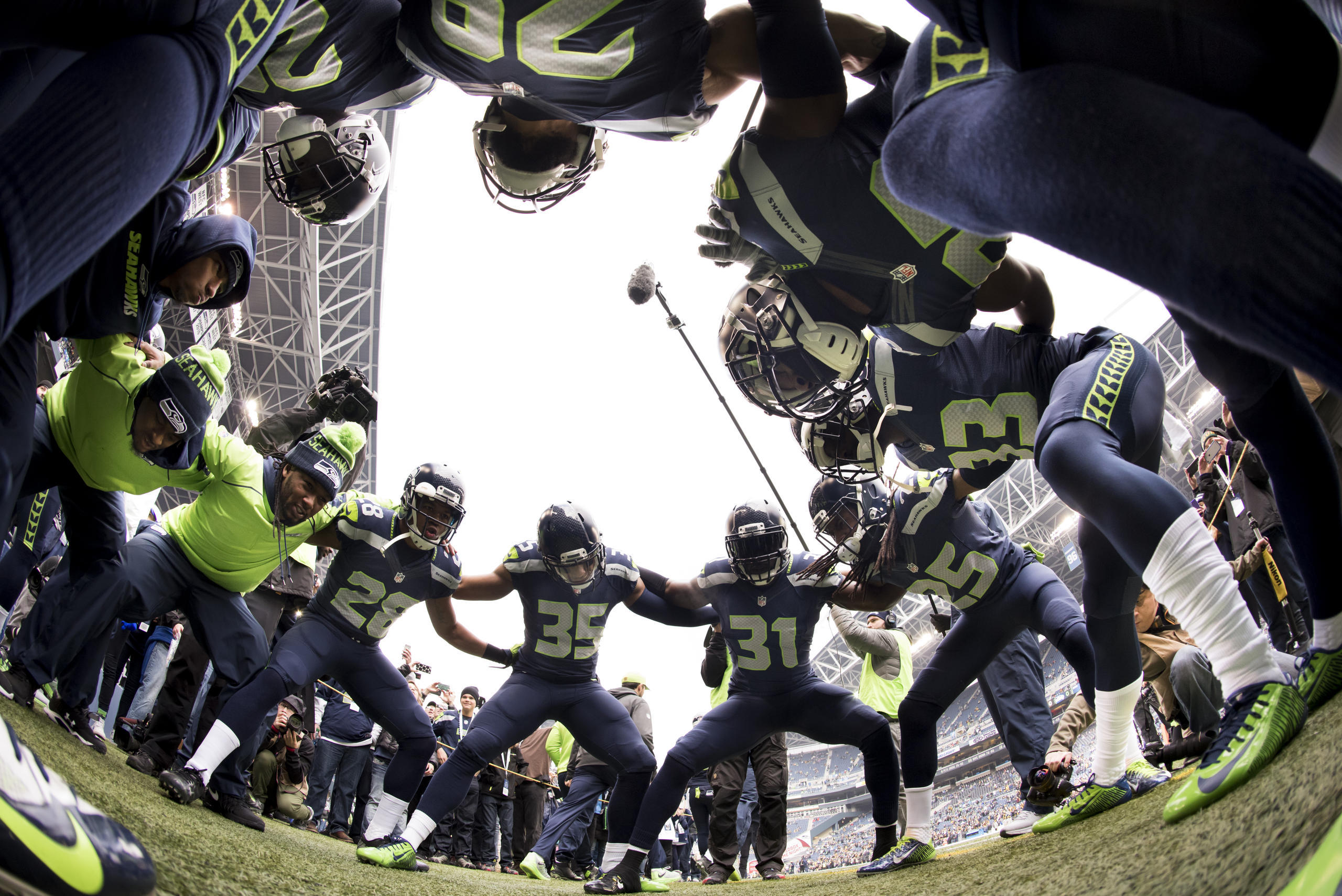Time of possession is everything. At least, that is what I was taught listening to football commentators in the 80’s. In an era where sports statistics were just starting to blossom, time of possession was one thing that analysts seem to grasp and stress. Their emphasis was largely born out of a desire to indicate which team was controlling the game. Effective running teams were generally better at holding the football for long periods of time, and the West Coast offense hadn’t fully infected the league.
Time of possession (TOP) started to be highlighted less as time went on. New statistics were tracked in real-time that could be tied to individual players, and the evolution toward more passing started to make TOP correlate less with great offense.
Fast forward to 2010, and there is case to be made for renewed focus on TOP. This time, though, it’s less about being a predictor of an effective offense, and more about creating opportunity for great defense. Watching three terrible offenses in Seattle the past three seasons has made it abundantly clear how much pressure it puts on the defense when they are out on the field for the majority of the game. Sure, defenses need to be held accountable for getting the opposing offense off the field, but the probability that they can do that decreases every time the opposition gets another possession. Simply put, the more times the opposing offense is on the field, the more yards they are likely to get.
Take the Seahawks win over the Chargers, for example. The Seahawks defense gave up a whopping 518 yards, and well over 300 in the second half. The Seahawks, by comparison, had ~30 yards in the second half. They also had two kickoff returns for TDs, and forced five turnovers. Combine all those factors and the Chargers dominated TOP at over 36 minutes (24 for the Seahawks). Taking the yardage totals (518 vs. 271) at face value makes the Seahawks defense appear porous compared to the Chargers. Take a look again when you factor in TOP. The Chargers accrued 14.3 yards/minute of possession versus 11.8 yards/minute for the Seahawks. That’s roughly two yards per minute difference. The defense wasn’t getting run over, but it was getting run down. Perhaps if I get the time, I can illustrate how the yards/minute increased for the Chargers as the game went on. In other words, there is likely a multiplier effect the more times an offense gets a shot at a defense.
Looking back over the past two years, you can see a strong correlation between being a top TOP team and having a top-ranked defense in terms of yards allowed/game.
Note that the average rank of the Top 10 defenses (yards allowed/game) is also in the top 10 for TOP. That’s why the Seahawks defense is so underestimated, an unappreciated. The best statistical rankings out there are DVOA. They take into account schedule strength, home vs. road, and a myriad of other goodies. Those rankings have the Seahawks at #11 in the NFL. That is a much better indicator of how they have played thus far.
This weekend’s game against the Bears will be a war of who wants the ball less. Both teams rank near the bottom of the NFL in TOP. One team will have the ball more than it is accustomed to on Sunday, and one defense will celebrate.
